Gran Canaria is a miniature continent with a wide range of unusual landscapes, all in the middle of an enormously diverse archipelago.
Perhaps this explains why UNESCO declared the island a Biosphere Reserve in 2005, thereby acknowledging its environmental quality, prestige and protection at an international level.
Come with us to discover the secrets of this miniature continent!

Biosphere Reserves are areas with singular features, comprising terrestrial, marine or coastal ecosystems where biodiversity conservation is actively reconciled with its sustainable use.
It promotes and drives harmonious interdisciplinary approaches, involving human beings and nature, to achieve sustainable development that will help society adapt progressively to changes in the environment and the planet.

The great importance of this honour has been seen over the last 15 years, helping us maintain a balance between protecting the environment and sustainable economic and social development on this miniature continent.
This is particularly relevant as the Biosphere Reserve encompasses almost half the geographic space on Gran Canaria (around 43%), covering six rural population centres with strong ties to traditional activities.
“Our traditions, customs and cuisine, along with our singular flora, fauna and relief, create a unique environment just waiting to be discovered.”
So why does Gran Canaria’s Nature deserve this UNESCO acknowledgement?
To be declared a Biosphere Reserve, the area must achieve interconnected functions between ecological and anthropological systems and set up measures to manage biodiversity.
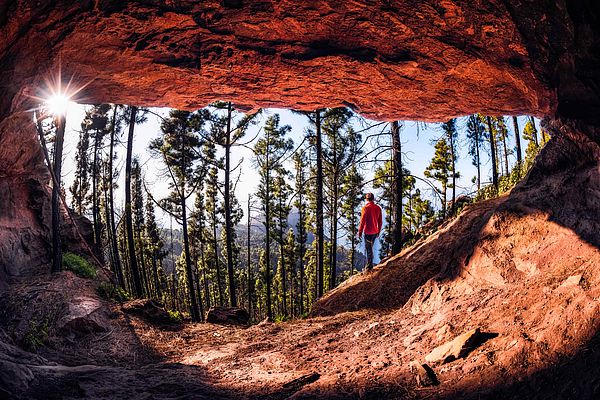
Three zones were set out by the UNESCO within the Gran Canaria Reserve.

1. Central zone (core zone)
This is the most centralised zone, also known as the “reserve territory” and it comprises the following zones:
- Inagua Integral Nature Reserve.
- Güi-Güi Special Nature Reserve.
- Tamadaba Natural Park.
- Pilancones Natural Park.
- Risco de Tirajana Natural Monument.
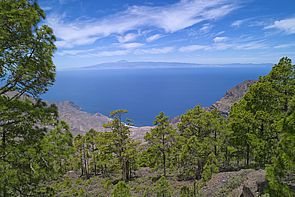
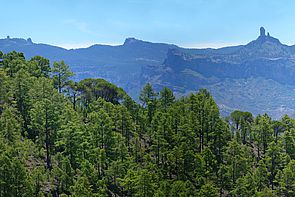
2. Buffer zone
The buffer zone surrounds the core, acting as a “protective shield” around it. It comprises:
- Nublo Rural Park.
- Roque Nublo Natural Monument
- Tauro Natural Monument.
- Amurga Site of Community Importance.
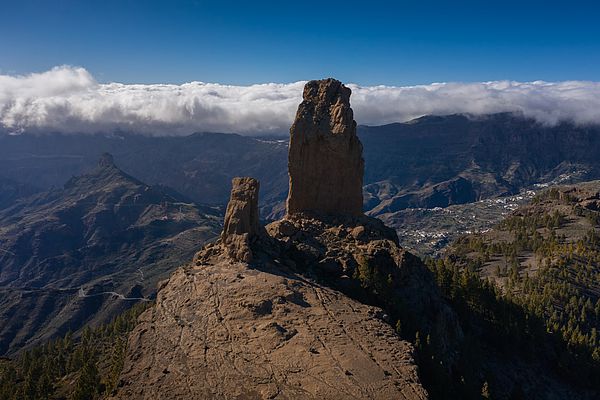
3. Transition zone
Acting as a bridge between land inside and outside the reserve, the transition zone runs all around the area and includes:
- The Protected Landscape of the Summits.
- The Pilancones Natural Park perimeter.
- The maritime area running along the western coast between Mogán beach and La Aldea beach.
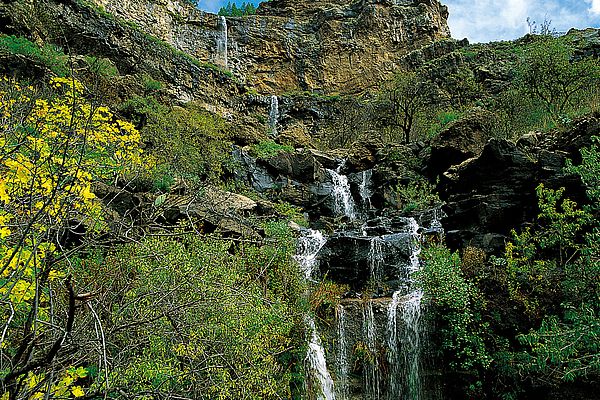
A thousand climates and a thousand natural species all interacting together on a Biosphere Reserve island giving our heritage primordial guarantees to protect, promote and maintain it, so that it remains intact to pass on to future generations.
Come and find out exactly why they call us the miniature continent!